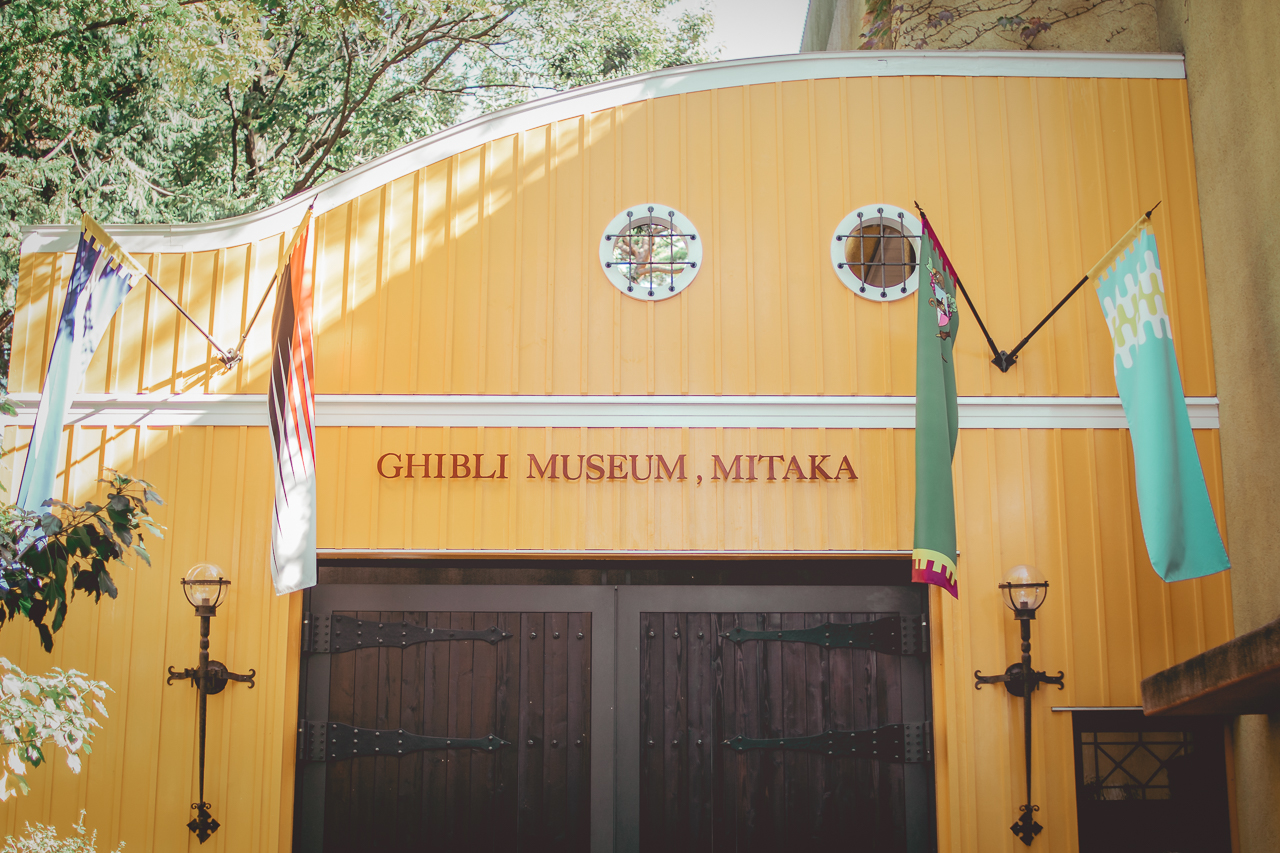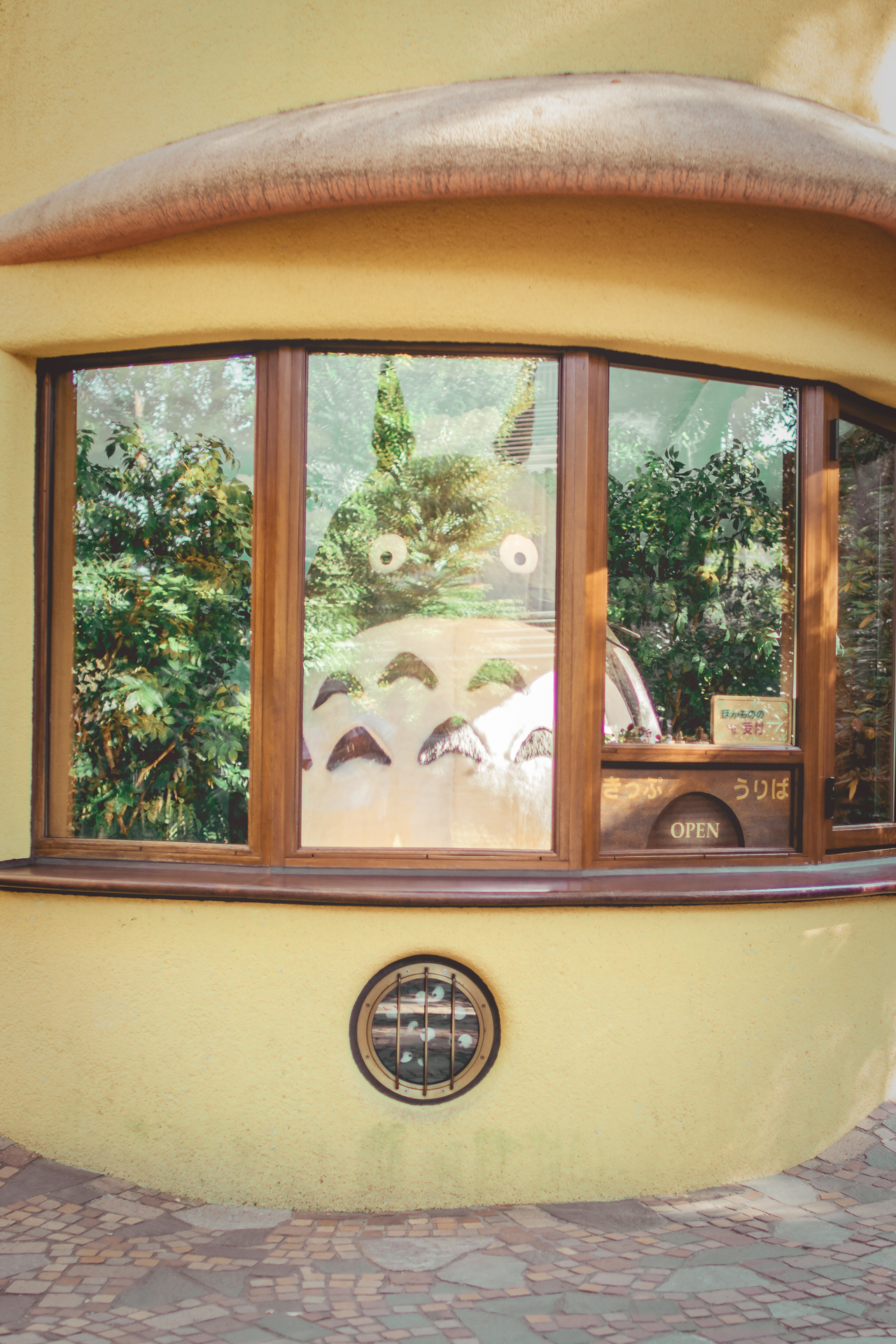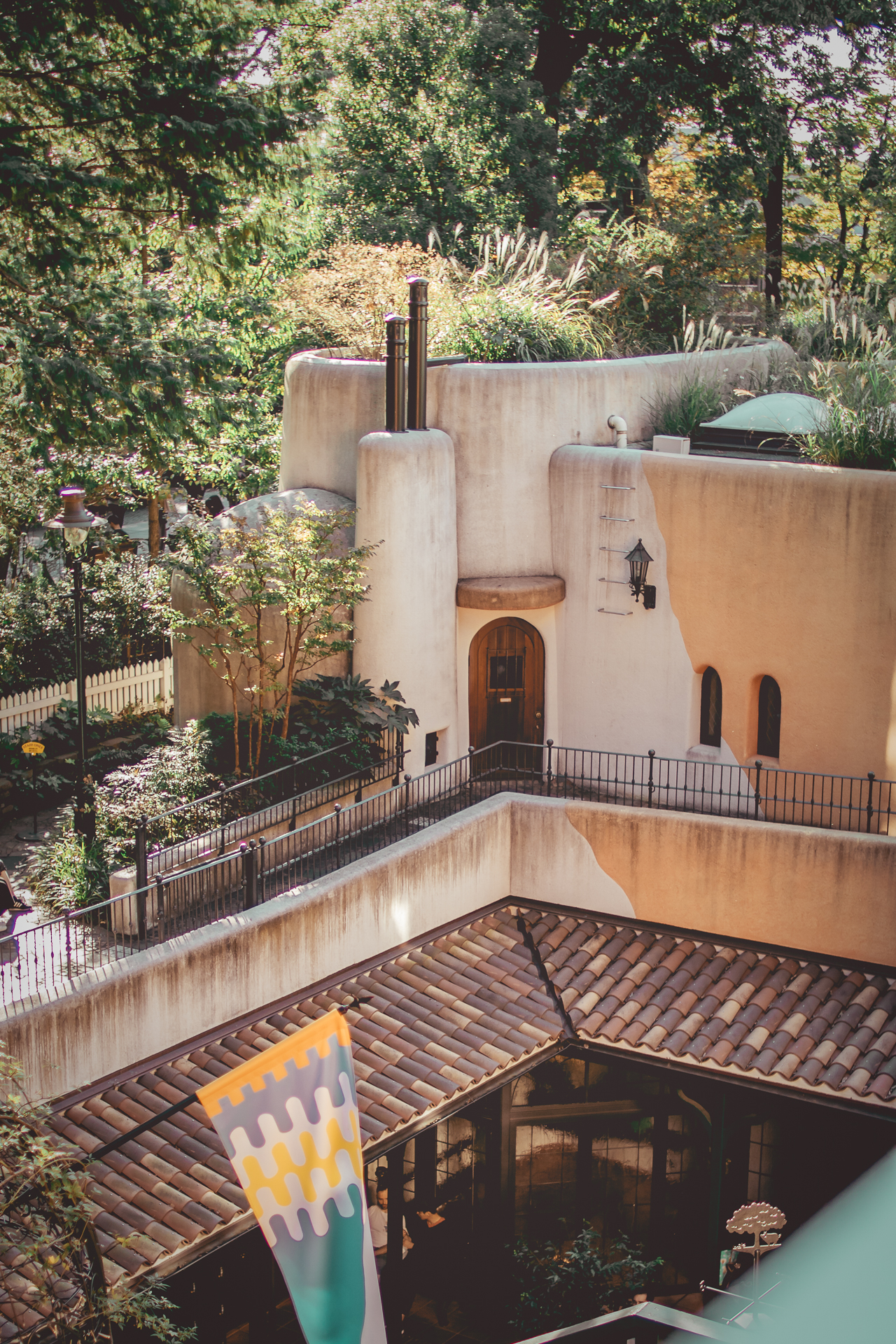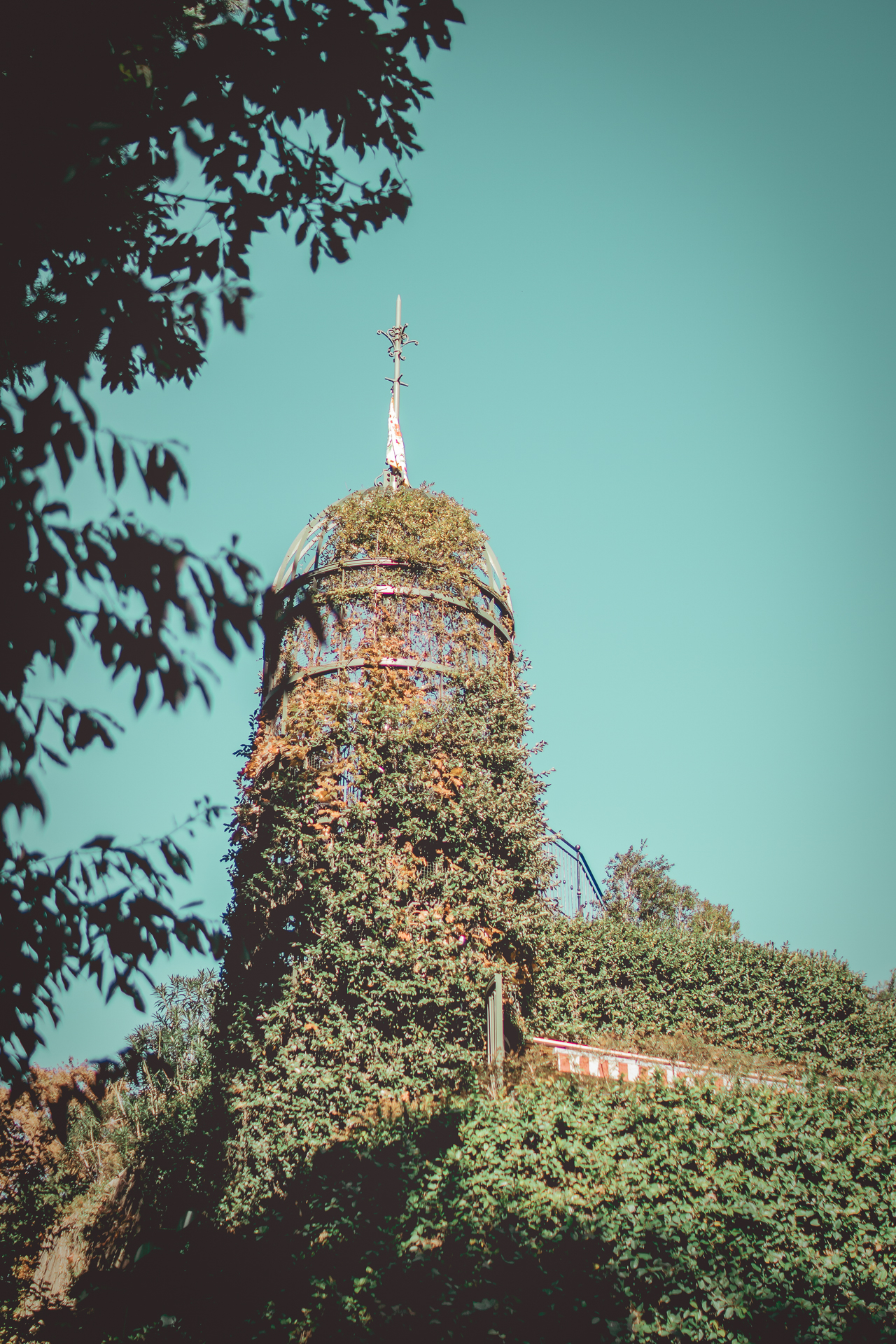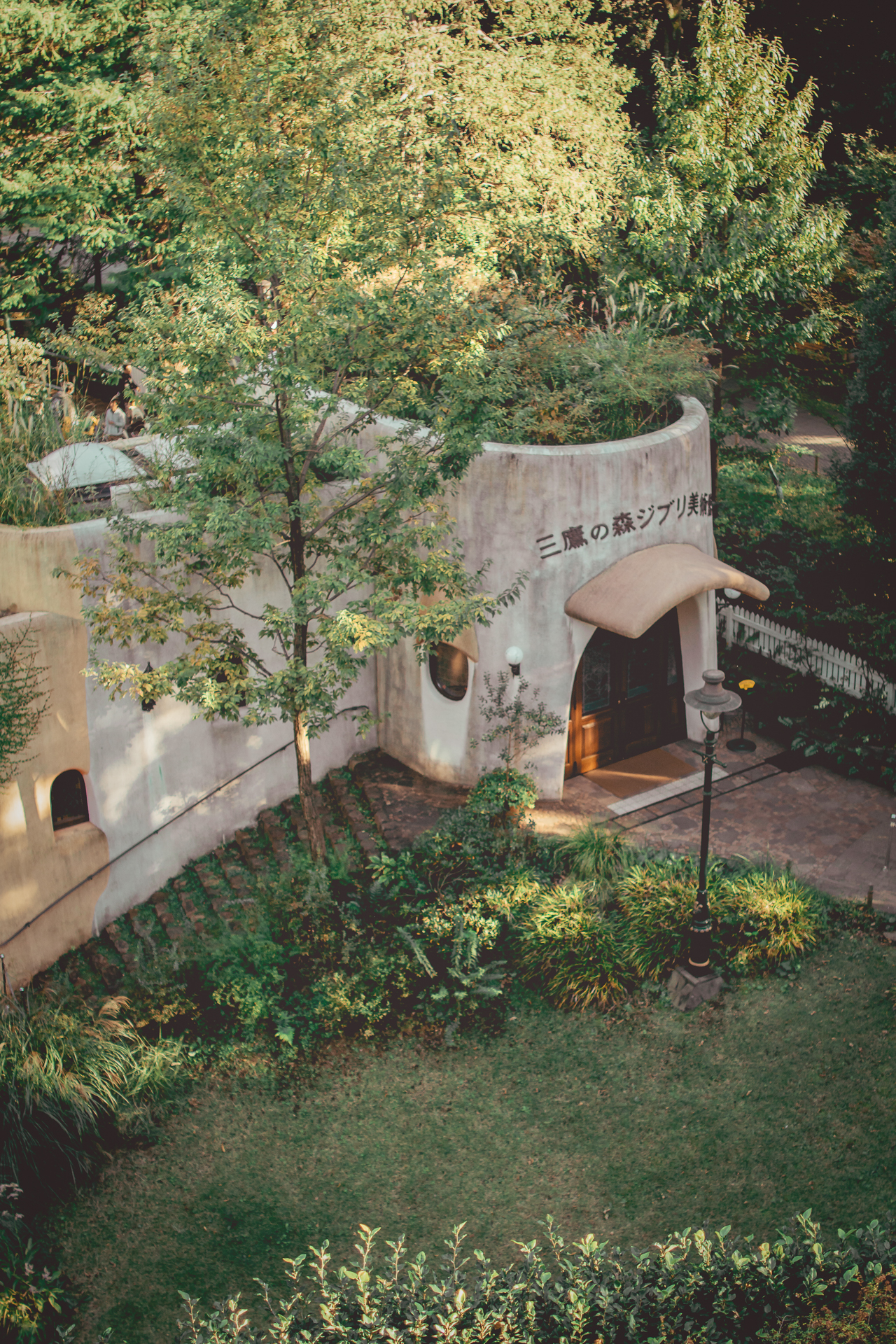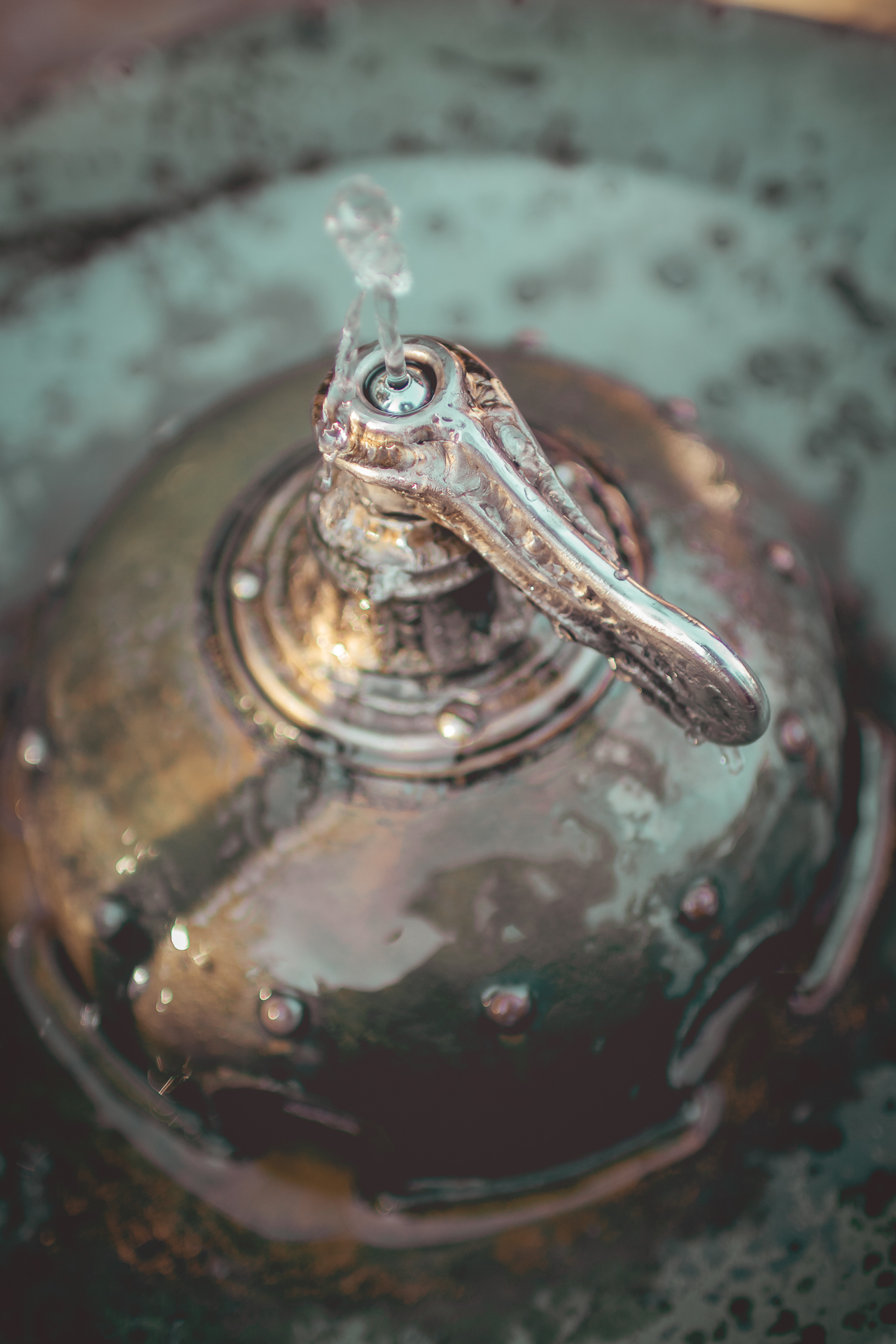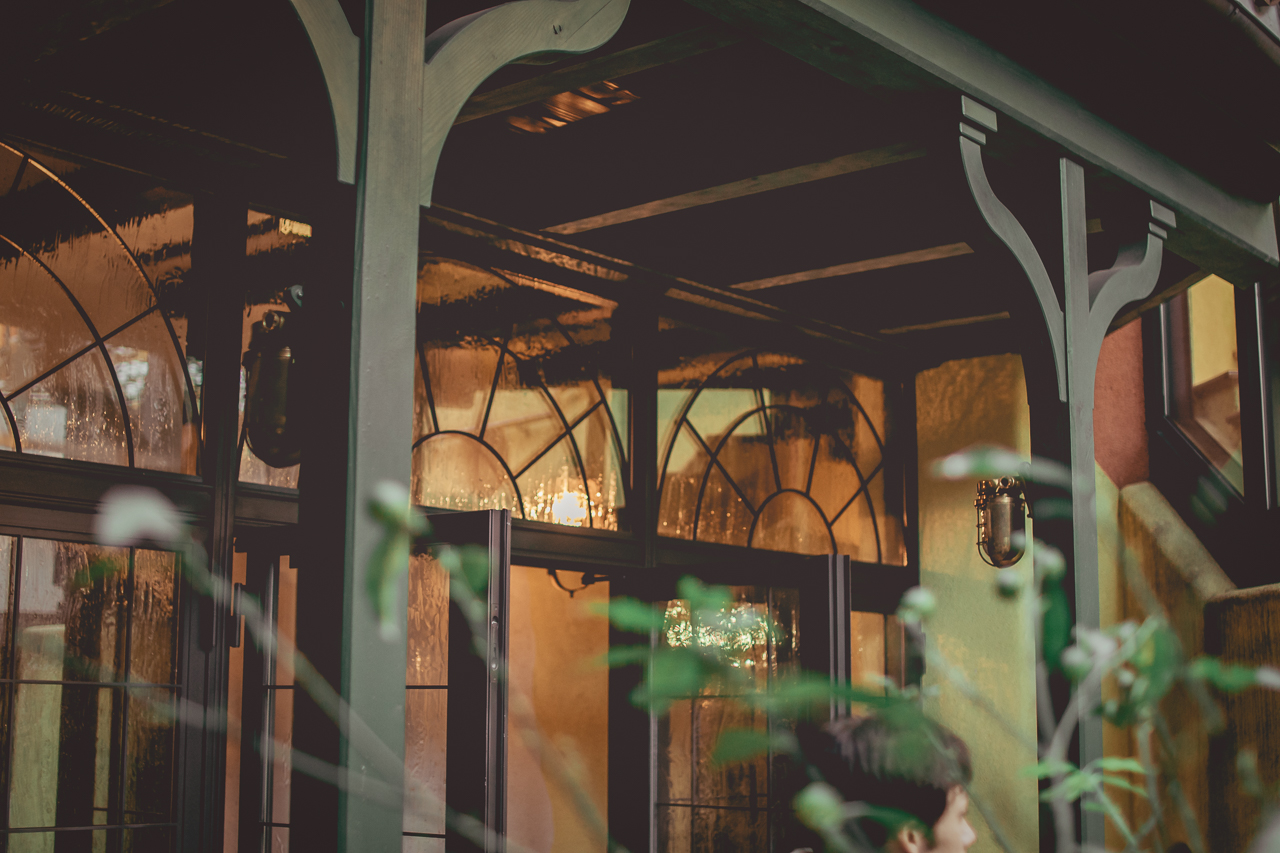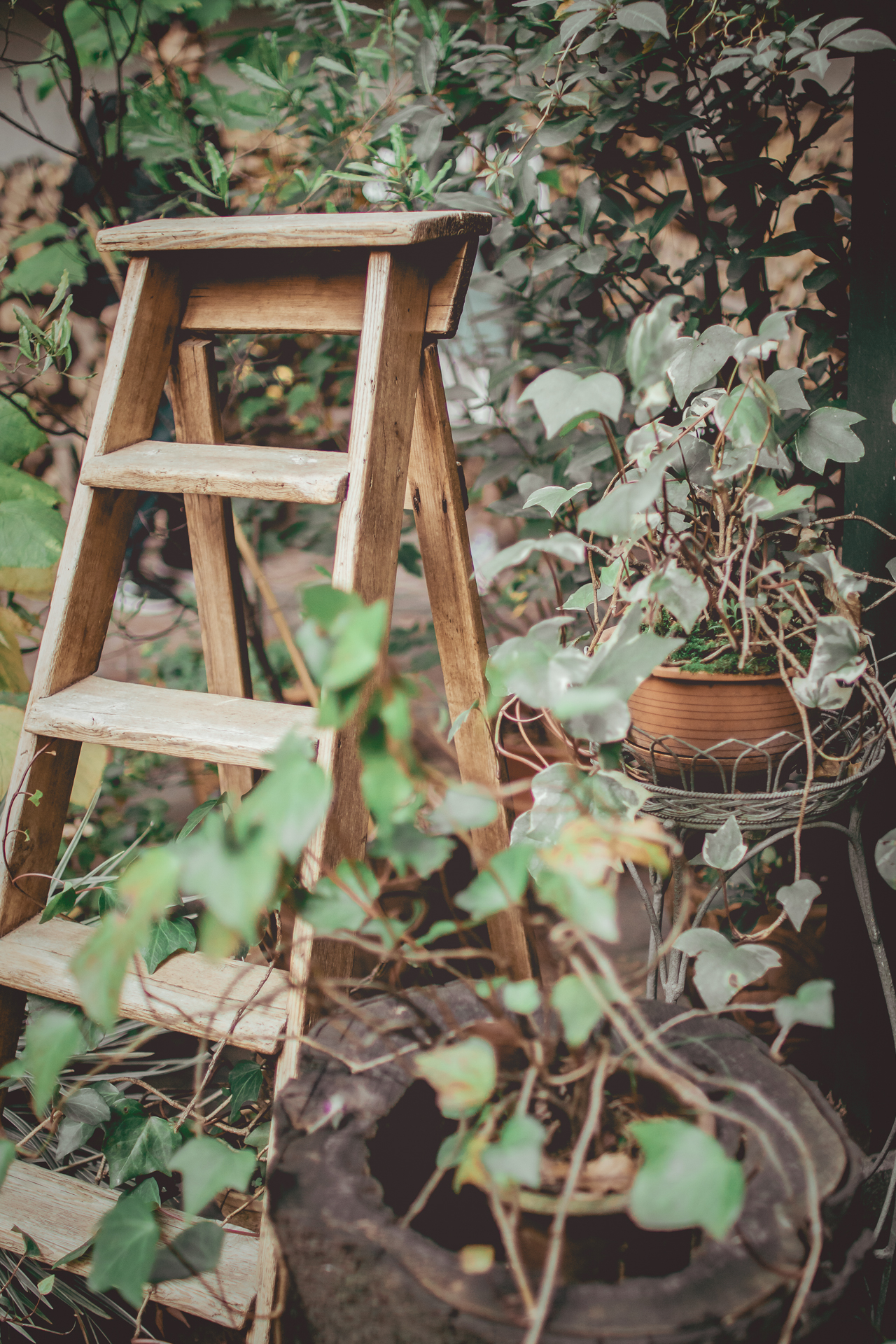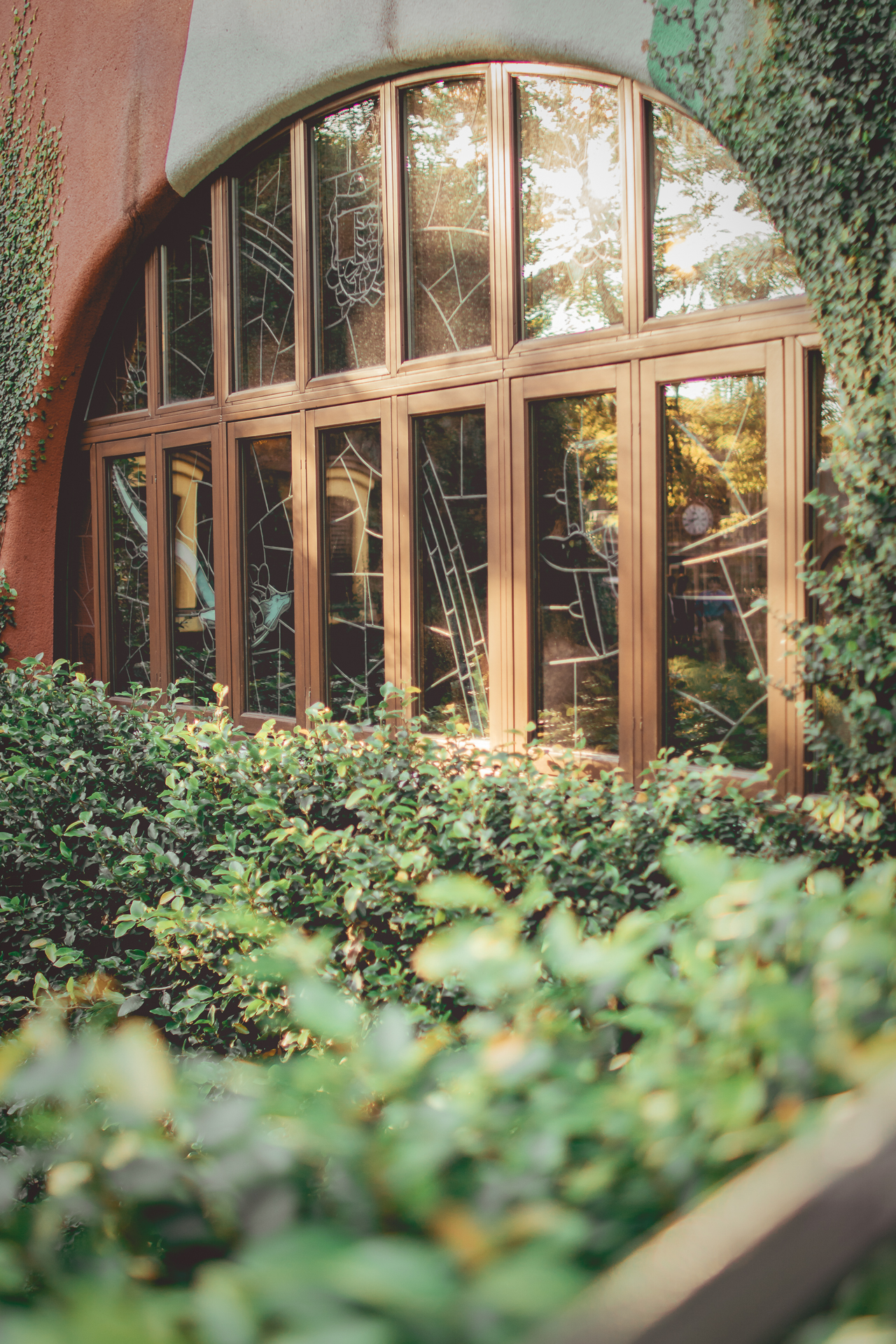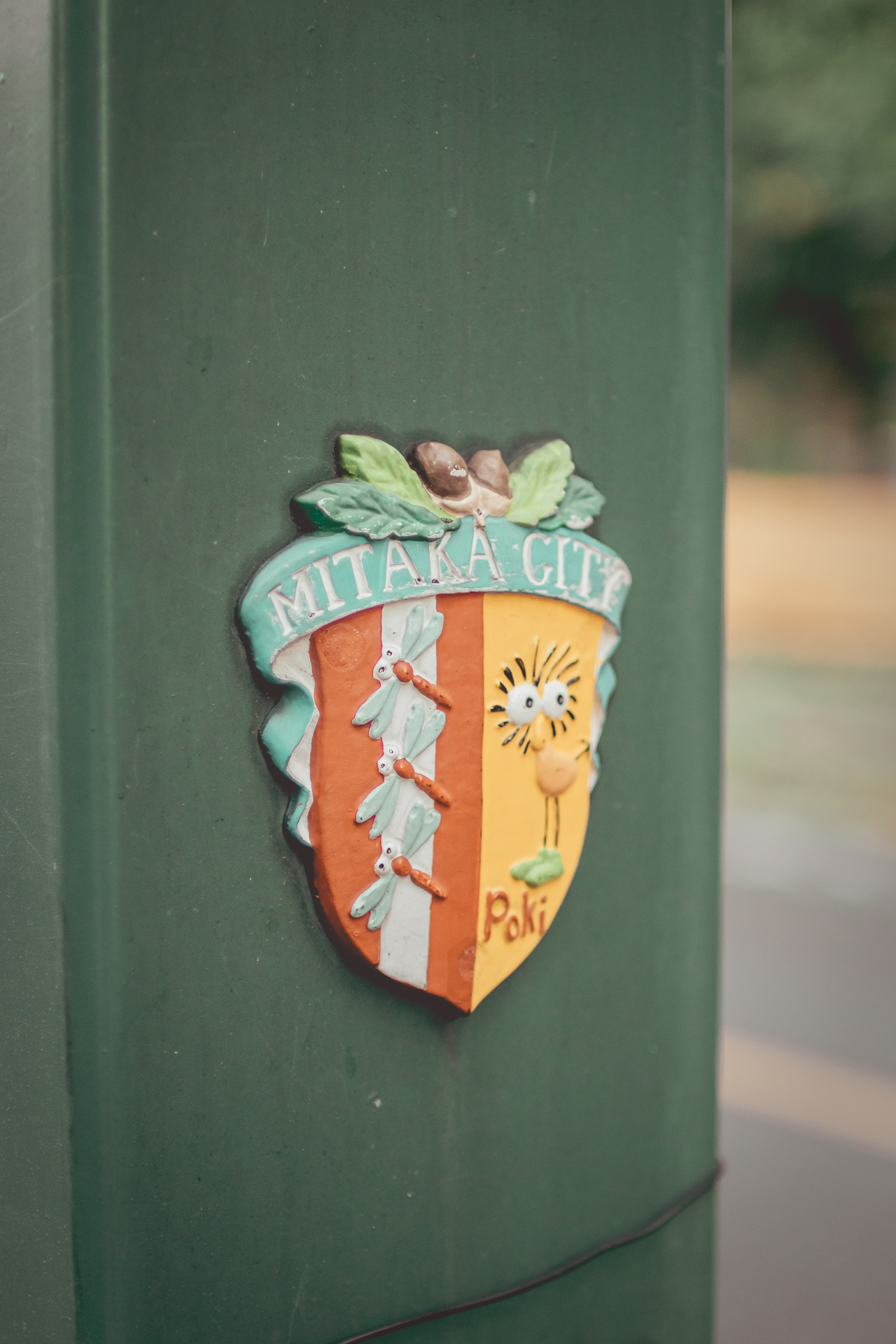School’s out for summer! I’ve been enjoying my summer days, although I find myself spending less and less time focusing on my priorities in preparation for yet another move. With what little time I have, I would like to focus on this blog, and in this post, I will be looking back on my wonderful and highly anticipated trip to the Studio Ghibli Museum back in November 2018.
三鷹の森ジブリ美術館
To preface, I have attempted to visit the Studio Ghibli Museum three different times, but it is challenging to get tickets outside of Japan. In fact, I’ve heard it is difficult to purchase tickets in Japan as well, granted how popular and limited this attraction can be. The best option I’ve found is selecting tickets through the Lawson website. These tickets go on sale every tenth of the month, and if you’re anything like me, you’ll set several alarms and post-it reminders, so you don’t miss out on the opportunity.
Located in Mitaka, the museum was only a few train transfers from our hotel in Urayasu. My sister and I were eager to walk there because we enjoy getting to know the area, but if you’re unable to do so, you can take a direct bus if you prefer.
Just outside of Kichijoji Station.
Mitaka City’s mascot: Poki!
We arrived approximately thirty minutes before our scheduled visit, which gave us plenty of time to explore the area. Immediately we felt welcomed by Totoro and an overwhelming sense that we stepped inside the artistic vision of Miyazaki-san.
There is a strict no-photo policy enforced upon entry. This is one of the few photos I captured before I entered. Although this iPhone photo does not do this justice, I’m so thankful I have this incredible memory. As you can see, there is an impressive mural aptly named the Space of Wonder. Upon entry, you also receive a commemorative 35mm film strip that is unique to each visitor.
Here I have a scene featuring Sophie (ソフィー・ハッター) from Howl’s Moving Castle, 2004 (ハウルの動く城)
From here, there are many exhibits to explore. “Let’s lose our way, together,” as the map states, encompasses the spirit of adventure and mystery found throughout Ghibli’s film catalog. By far my favorite exhibit is “The Beginning of Movement,” which features an impressive zoetrope with a scene straight out of My Neighbor Tortoro, 1988 (となりのトトロ)
Beyond that, every room left me with such an appreciation for the process of hand-drawn animation. No detail is too small or left unnoticed. You can see the exhaustion and dedication in the “Where a Film is Born” room, among overflowing ashtrays and thousands of drawings.
After a few rooms, we stepped out on to the Cafe Deck Area for a little fresh air. Out on the deck, you may enjoy snacks or visit the Ghibli Museum Cafe. During our stay, the Straw Hat Cafe remained at capacity.
However, if you are looking for a quick snack, the Straw Hat Cafe does offer a takeout menu. My sister and I were eager to try the soft serve, especially since many of the patrons on the deck were enjoying themselves.
I would highly recommend the grape and milk soft serve cone. It’s an absolutely refreshing treat.
While outside, we also perused the Rooftop Garden, which is difficult to miss because of the large caged spiraling staircase.
Out on the terrace, you’ll find the guardian of the Studio Ghibli Museum: The Robot Soldier from Laputa Castle in the Sky.
Front entrance view from the Rooftop Garden
Just below the Cafe Deck Area is a small patio. While mainly used for locker storage, this patio space featured many hidden gems.
The patio felt lived in, as if this space was occupied by a Ghibli character. A friend, a witch, or a young artist who lives in the woods? Whoever they are, the museum actualized their living space with such detail.
Right out of Porco Rosso
Children outside seemed to enjoy the old-fashioned hand-pump well. This well featured one of the most unique drains I’ve ever seen.
Soot Sprites from Spirited Away, 2001 (千と千尋の神隠し)
As I stated earlier, the Ghibli Museum has a strict photography rule that prohibits any photos inside. However, I was able to snap a few shots from outside of these impressive doors. I hope that’s not against the rules?
The museum’s collection of gorgeous fused-glass windows paid homage to many of their feature films.
Notice how even the door plates are customized.
One of the most breathtaking things I noticed around the Ghibli Museum was how much of the structure was reclaimed by nature. A reoccurring theme in many of Miyazaki-san’s films is the connection and balance of humans and nature.
If you have money to spare or if you’re a fan of crying over things you can’t have (I’m looking at you, Cat Bus Room!) visit the museum’s two incredible gift shops. While the checkout lines are intimidating (just really, really long) you’ll find it’s worth it for some unique gifts and collectibles. Mamma Aiuto! (“Mama, help me” in Italian,) is to the Ghibli Museum what the Emporium is to Disneyland. This shop, themed after Porco Rosso, has plush, home items, collectible figurines, and drawers full of one-of-a-kind enamel pins.
We also paid a visit to Tri Hawks, a bookstore for children and adults alike. I picked up a couple of postcards for myself, but if you have a moment, watch the employees here wrap up a book. I’ve never seen anything like it.
It took years for this trip to the Ghibli Museum to happen. Would I recommend it? Absolutely. This is an opportunity I would never pass up, especially with such a cheap ticket price, only ¥1000 (under $10). The cost of admission is well worth what you find inside and out.
And while in Mitaka City there are plenty of places to visit just outside the Ghibli Museum. Beside the museum is the Inokashira-koen Park and across the street are a few pet cafes.
There is no limit to the imagination found all around the museum. If you have the time and the energy, the sense of adventure and admiration for hand-drawn animated films, please visit the Ghibli Museum in Mitaka City.
You can plan your visit here @ Ghibli Museum
Till next time,
Mary! (❛▿❛✿)







